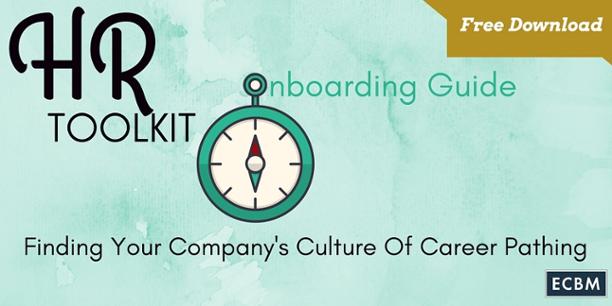
Companies all over the world rely on some form of a safety program for their employees. The question is: Which approach is the best option for them?
Once thinking further into the topic, more questions arise: Are they implementing the best plan of action in emergency situations? Are all employees on the same page?
All of these questions are critical for employees to know when working in the chemical manufacturing industry. Depending on what materials a chemical company is producing, different safety protocols would be required. For example: Locations that manufacture powders would have a high risk of inhaled materials; so information about how to put on, adjust, wear, and take off breathing protective equipment would be required.
Safety Training In The Chemical Manufacturing Industry
Having a training system in place for new and current employees is imperative. This includes temporary employees. The benefit for the company includes reduced down-time resulting from accidents, reducing costs associated with Workers’ Compensation, increased productivity from new hires, improved employee morale, and fewer reporting needed for OSHA. READ MORE: WHICH INJURIES SHOULD BE REPORTED TO OSHA?
Mentor Programs
Regardless of the specific details of your training program, having a mentor that is responsible from anything from the initial training for a new hire to acting as a safety buddy has been shown to be quite effective. READ MORE: HOW TO SET AN EXAMPLE IN THE WORKPLACE FOR A CULTURE OF SAFETY
Staying Safe For New Hires
Group Onboarding Process
Group training is sometimes very economical for businesses that are either seasonal, have moved to a new facility, have added new procedures/ products, or if new hire start dates can be coordinated. The most important thing to keep in mind is that if you are coordinating safety training, no work should be done in production or near equipment until training is complete. Injuries are most common for new hires that may have been sweeping near dangerous equipment or did not know protocol for safe lifting.
Individual Coursework
Online training that provides a certificate of completion could be a time-saver for many businesses. It is important to find a good resource for this training as it should match your company’s procedures and types of risks.
Important Resources
There are many different safety options available for companies working in the chemical industry.
OSHA’s website offers resources including On-Site Consultations and connections to outreach training programs that could be online or in a classroom setting. These courses could benefit the employee by having them learn about safety and what precautions they should be taking in a variety of industries.
It might also help for the employees to be required to read and stay updated on safety and/or procedure manuals. For those committed to safety, a requirement of permanent employment or promotion to supervisor could include completion of certain safety certifications including enrollment in an OSHA Trainer program, first aid, and other management skill training.
On The Road To Safety
Here are some tips if you are looking at your current safety program or are looking to start a safety program at your workplace:
1. Clean Work Areas
Each employee should be responsible for being aware of the cleanliness of their area. Sweeping up any dirt or debris on the floor could mean an employee doesn’t trip and fall, just like how mopping up a spill could result in an overall reduction in claims. Cleaning and maintaining the functionality of a work area should be a part of everyone’s job description. Cleanliness is key!
2. Caring For Tools
All employees, and I do mean every single person needs to care for and maintain tools and equipment. By cleaning any dirt or chemicals off each tool, putting them away in the correct spot, and reporting malfunctioning tools is part of being a team player. These simple tips can help reduce employee downtime (looking for tools) and injuries (caused by malfunctioning equipment). Maintenance is a must!
3. Give Examples
You may believe that cleaning up after yourself or putting tools away should go without saying. It doesn’t. Guidelines are a simple and effective way to keep the work area as safe as possible. Taking the time to show a new employee either to the company or to a specific area or department the procedures will help them do their job better and help them get along better with their coworkers. Set them up for success!
4. Plan For Disaster
Have an evacuation plan in place so all employees know how to get out of the building safely and quickly. Having fire drills and other tests (as needed based on your facility) is needed so everyone is up to date on where and what they should be doing in case of an emergency. Creating a safety team with workers from each area will give insight into creating this plan. These simple guidelines could mean life or death in a serious emergency. Teamwork makes it happen!
Long Term Benefits Of A Safety Program
It’s really quite simple when you think about it- Safety programs allow for employees to stay at a workplace longer, feel secure at their job, and provide a level of insight that would otherwise be missed for management. Having a working safety plan in place could be a company’s saving grace if the worst should happen.
More Information About Safety Programs Here:
http://www.bls.gov/iag/tgs/iag325.htm
https://ohsonline.com/Articles/2011/08/01/Eight-Tips-for-Chemical-Safety.aspx
https://www.redvector.com/industries/chemical
http://www.bls.gov/iif/oshwc/osh/os/osch0054.pdf
https://www.osha.gov/OshDoc/data_General_Facts/factsheet-inspections.pdf


